Overview and prevention and control measures of high-incidence diseases in this autumn and winter
The types of diseases infected by laying hens remain unchanged, and the degree of disease damage is increasing. Enteritis caused by the use of new corn and other factors is endless; affected by environmental stimuli, respiratory diseases are on the rise. The main manifestation is the high incidence of avian influenza and most of them are persistent infections, creating conditions for the occurrence of other diseases. Bacterial diseases such as Escherichia coli, Salmonella, Clostridium, and viral diseases such as Newcastle disease and avian flu can come in at any time. The use of new corn and the effects of mold and mycotoxins have created conditions for the invasion of these microorganisms.
Bacterial disease invisible infection cannot be ignored
The existence of bacterial diseases is an invisible deprivation of profit on farms, especially bacteria such as E. coli; once it enters the host tissues of the body, after invisible infection, it will immediately produce an acute inflammatory reaction, and will correspondingly cause feed consumption and conversion decline , Weight loss, reduced immunity, and only severe cases will have obvious symptoms such as increased mortality. Therefore, farms should pay attention to the existence of bacterial diseases, keep abreast of the microbial content in the environment and water quality through the laboratory, and regularly and effectively take cleaning and disinfection measures for the environment and drinking water system.
Mycoplasma synovialis in chickens is gradually increasing. The infection of Mycoplasma synovialis in chickens is relatively common, and clinical cases have also increased significantly in the past two years. The main clinical manifestations are claudication and slow growth, swelling around the joints, and tarsal joints and paw pads are the main sites of infection; usually the mortality rate is low. The main aim of this disease is to strengthen feeding management and improve environmental control capabilities. In severely polluted areas, corresponding vaccines can be used to prevent them, and sensitive drugs can be used to control them.
Bird flu has a high incidence and most of them are persistent infections
The incidence of avian influenza still accounts for a high proportion. Monitoring of farms infected with avian influenza found that once a chicken farm is infected with avian influenza, if comprehensive prevention and control are not carried out from the aspect of biosecurity, the avian influenza virus will Continuous and repeated infections in chicken farms. Due to the current increase in immune density, most farms tend to have milder clinical manifestations, leaving chickens in a sub-healthy state for a long time, creating conditions for the occurrence of other diseases. In addition, the farms are seriously polluted, and the production performance of the overall chicken flock is reduced; in response to this problem, most farms do not pay attention to this problem, resulting in damage to their interests. Therefore, for such chickens, on the one hand, effective disinfection measures must be implemented in a planned and strictly implemented manner to reduce the virus content in the environment and maintain the body's effective antibodies. On the other hand, by improving the immunity of chickens and other means to reduce the replication of the virus in the chickens.
Respiratory diseases are on the rise
Mild reactions caused by cold air irritation of mucous membranes, avian influenza H9, Newcastle disease, infectious bronchitis, respiratory diseases caused by single or mixed infections such as mycoplasma. Therefore, while doing a good job in the prevention and control of widespread diseases, we must pay attention to the temperature difference control of the chicken house to improve the immunity of the chicken group.
As the temperature continues to drop, the chicken population becomes weaker after the high temperature in summer, the temperature difference between morning and evening in autumn is large, new corn is constantly on the market, and viral diseases are beginning to be active. Prevention and control should be done in the following aspects.
1. Strengthen management to prevent and control respiratory diseases in autumn. As the temperature gradually decreases in autumn, and the temperature difference between morning and evening is large, cold currents are invaded from time to time. Respiratory diseases in laying hens occur frequently and are easily spread. Therefore, management should pay attention to ventilation in the house to keep the temperature difference between day and night relatively stable; usually pay attention to weather forecasts, strengthen stress response management, reduce response intensity, and provide a stable environment for chickens. Prevent diseases such as Newcastle disease, bird flu, infectious bronchitis, infectious laryngotracheitis and other diseases that are common in laying hens in autumn and winter.
2. Develop a comprehensive bird flu prevention and control plan. 1. Improve the isolation measures of the farm to reduce the spread. Breeding farms should implement the "all-in, all-out" system and one-way production process. Animals of different breeds and ages cannot be mixed; chicken houses and breeders of each unit can be isolated in production areas. 2. Develop strict disinfection measures to reduce the virus content in the environment. A detailed and operable disinfection plan suitable for the farm should be formulated from the three latitudes of space, time and personnel. 3. Improve the body's resistance. Biological agents can be used to prevent virus replication in the body when environmental pollution is serious. 4. Regularly check the antibody level of chickens to ensure that the chickens have better clinical protection.
Third, prevent the acquisition of corn again. New corn began to go on the market one after another. The new corn has more water content, which easily causes the energy in the feed to not meet the standard, and is prone to mildew, which leads to a decline in production performance. Therefore, when purchasing corn, the moisture content of the corn should be detected in time. New corn with more than 14 water should be purchased and used after drying.



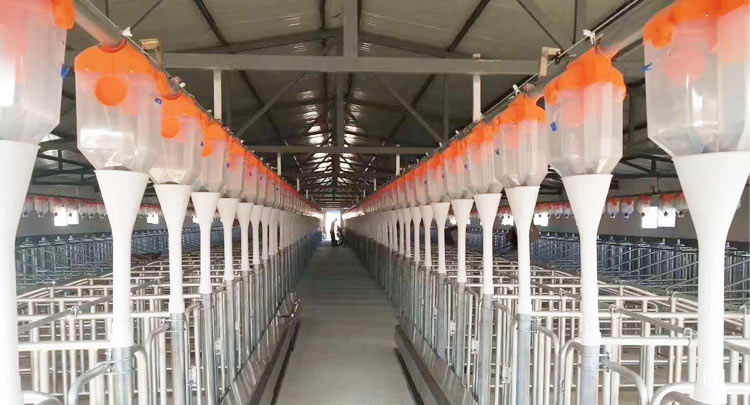
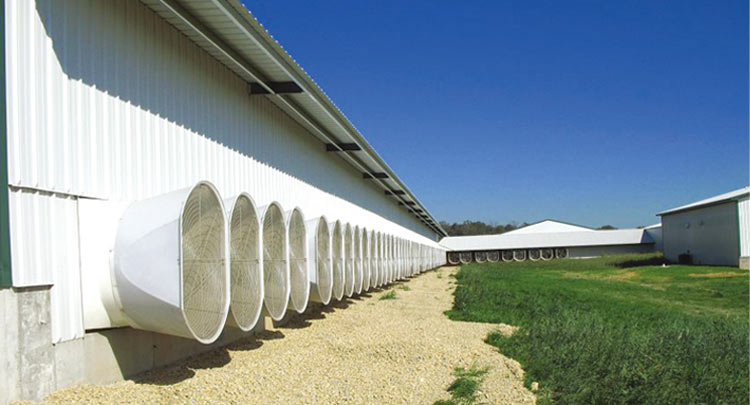
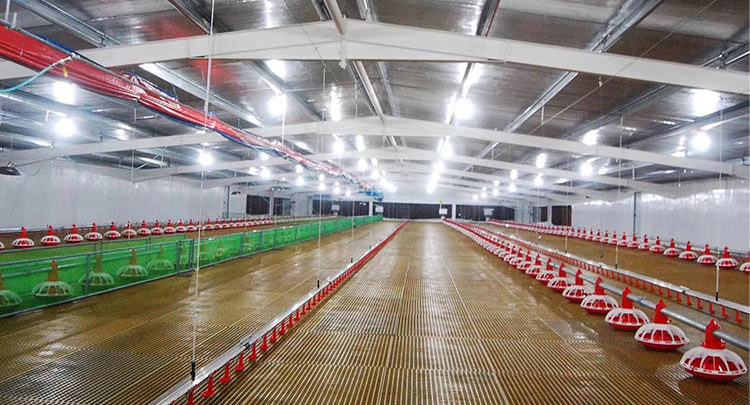
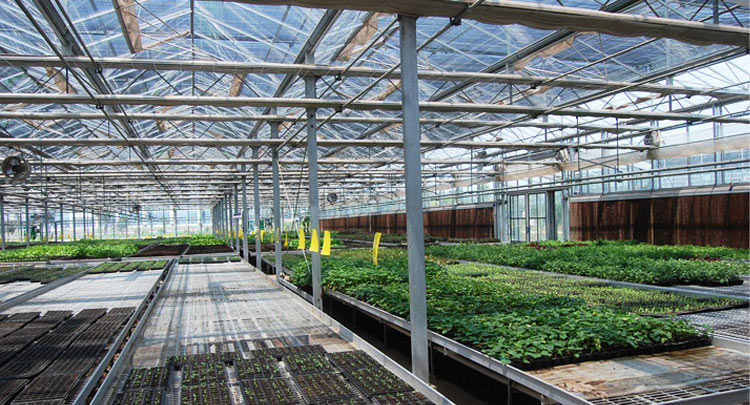

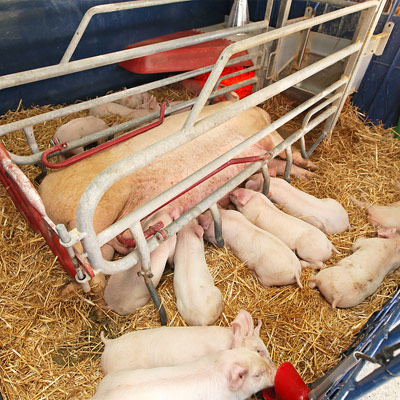
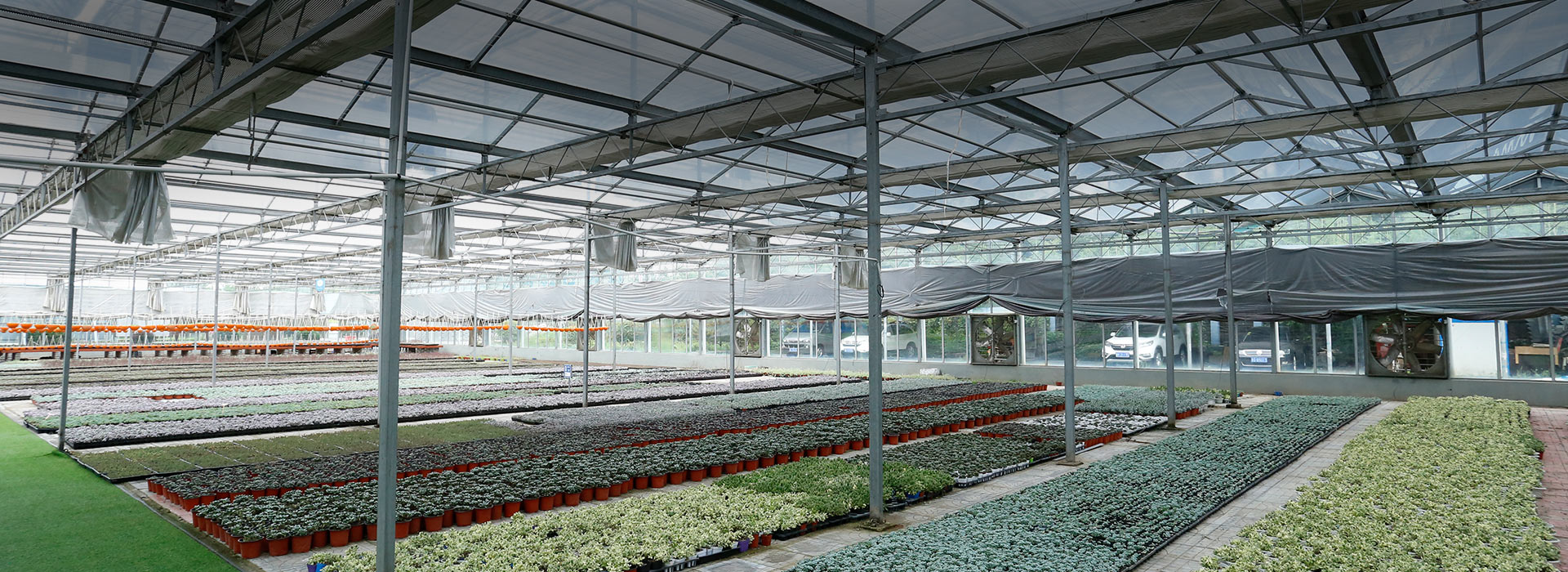

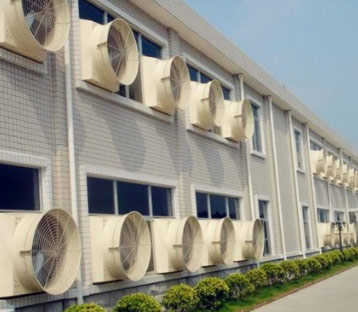
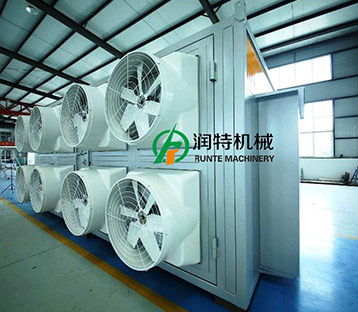




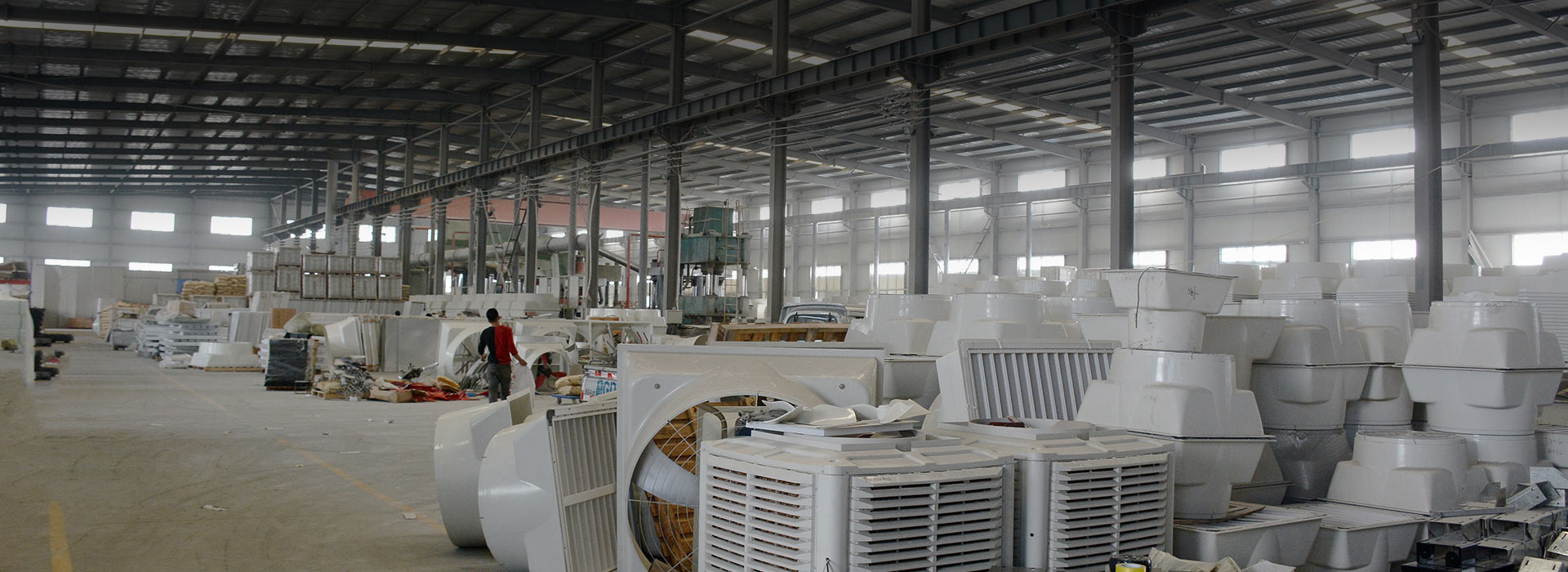





 Mobile station
Mobile station WeChat
WeChat